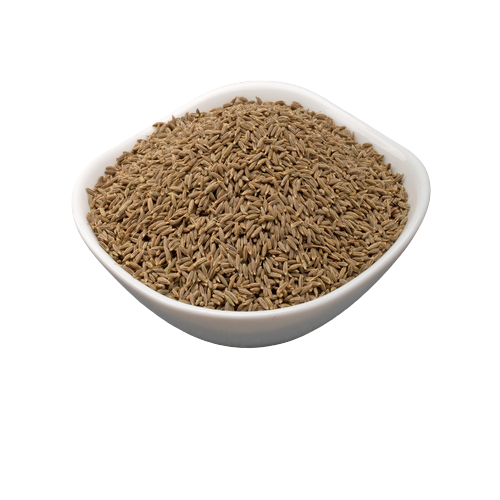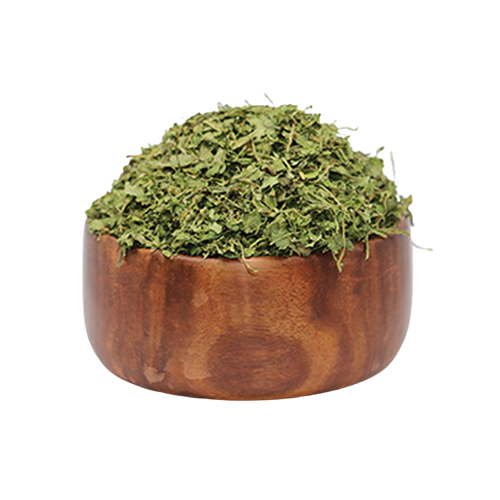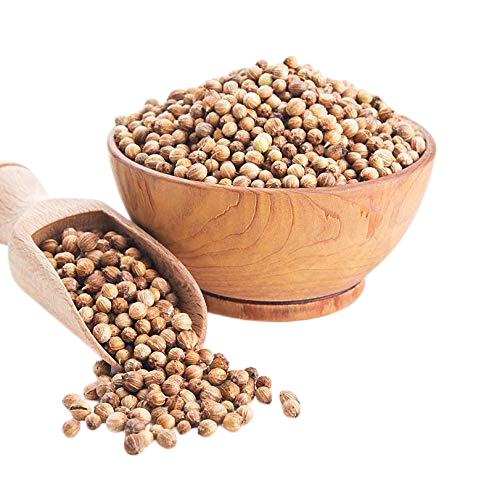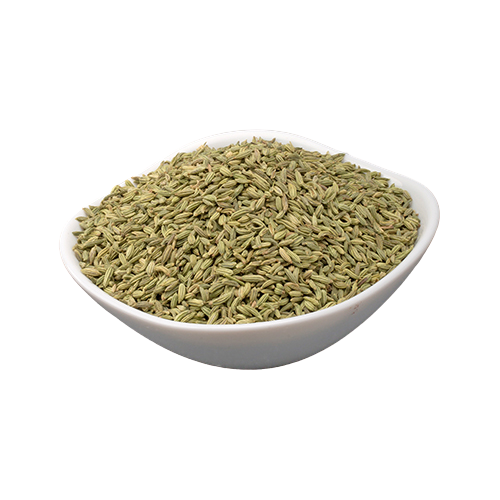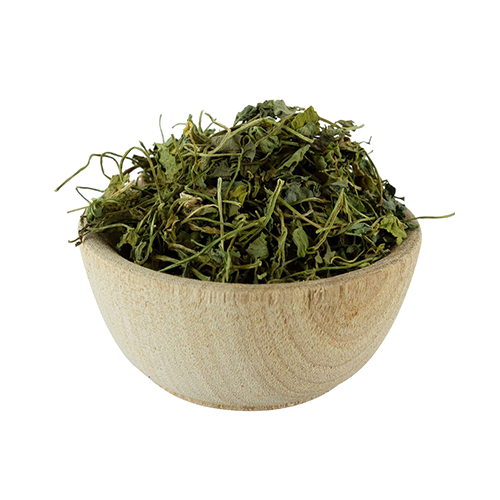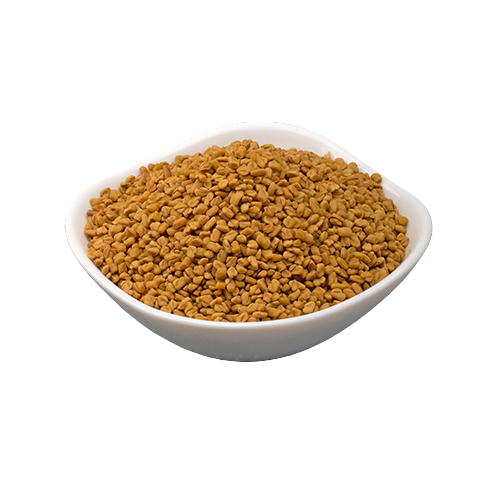Welcome to Sky Agri Export
Product Category
mustard seeds
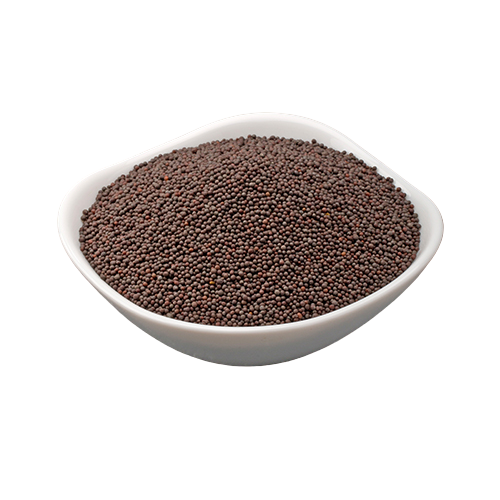
| Product | Yellow and Black Mustard Seeds |
| HS Code | 09109927 |
| Variety | Yellow and Black |
| Quality | Small and Bold |
| Packing | 20/25/50 Kg HDPE/PP Bag or Customized |
| Loading | 18 MT (20 FT), 26 MT (40FT) |
| Aroma | Spicy and aromatic |
| Color | Yellow or Brownish-Black |
| Size | 1 mm to 2 mm |
| Shelf life | 1 Years in cool and Dry Place |
| Origin | India |
The mustard plants belong to the generic species with the scientific name of Brassica nigra for brownish-black mustards and Brassica/Sinapis alba for yellow mustards. However, both the varieties of mustard seeds are of the common family Brassicaceae. It represents the small slender, flowering herbs and annual plants with an aromatic flavor. Mustard seeds are also famously known as rapeseeds. Since early times, the distinguished delicacy qualities of mustard seeds were identified by human tribes and used as a perennial herb and add a unique spicy and nutty taste to the meals and a strong aromatic odor. Although it can be applied to both veg and non-veg meals, snacks, and fast foods, it also brings the best taste in non-veg curries, sandwiches, and burgers. Moreover, it has several medical benefits that make is the first choice for household remedies related to digestion issues, urinal irritation, the common cold. India is one of the largest producers and consumers of mustard seeds. The northern states of India, viz., Punjab, Haryana, Gujarat, and Rajasthan account for the significant amount of mustard production in the country. Due to its preservative properties, the mustard seeds have a shelf life of 12 months.
The mustard plants are soft, bush-like herbs with upright stem, large stalked dark green curly leaves, and yellow-colored flowers that grow up to 80 to 100 cm tall. Although the mustard leaves and flowers are also edible and highly popular among north Indian cuisines, the spiciness comes from its seeds that are used throughout the world for both culinary and medicinal use. The mustard seeds are 1 mm to 2 mm in diameter. There are mainly two different variants of mustard seeds that are supplied by the Sky Agri Export. These are yellow mustard seeds and brownish-black mustard seeds.
The mustard plants are matured when its flowers and leaves are dried up and start to fall on the ground. The farm laborers harvest the mustard plants by cutting the whole bush or pulling them out using the harvesting machine. These dried bushes are then placed on a clean floor and left to dry for at least a week. The mustard seeds are separated by light rubbing them off the dried branches/shells. Further, a mustard husker or huller machine is applied for hollering the mustard seeds to separate the unwanted plant components (leaves, flowers, and broken branches) and dust materials. The segregated mustard seeds are sorted by applying the sorting procedure to obtain the various quality of mustard seeds depending upon their level of purity. Thereafter, it is processed through the metal detector for the presence of any metallic impurities. Finally, the purest mustard seeds are sent for final packaging and subsequent delivery purposes.
The Sky Agri Export can supply the best quality dried mustard seeds in bulk amount, over a stipulated period and easy export procedure. The company is flexible to receive customized orders from the clients in terms of quality, i.e., Premium, Best, Medium-Best, Medium quality, and under different product categories, i.e., yellow mustard seeds and black mustard seed. The Dried mustard variants are in high demand across all the European Countries, the Middle East, Canada, Russia, and North and South America.
Health/Medical benefits of Dried mustard seed variants in day to day consumption
 The mustard seeds are highly rich in minerals, vitamins, phytonutrients, and antioxidants that help to enhance the body immunity.
The mustard seeds are highly rich in minerals, vitamins, phytonutrients, and antioxidants that help to enhance the body immunity.
 The yellow mustard seeds are an excellent source of magnesium and phosphorous. Both these play a substantial role in metabolism and protein synthesis.
The yellow mustard seeds are an excellent source of magnesium and phosphorous. Both these play a substantial role in metabolism and protein synthesis.
 Potassium and magnesium are two essential constituents in both the mustard seeds. Potassium helps to regulate blood pressure and decreases the risk of cardiovascular issues. At the same time, magnesium reduces sleep disorders and prevents insomnia.
Potassium and magnesium are two essential constituents in both the mustard seeds. Potassium helps to regulate blood pressure and decreases the risk of cardiovascular issues. At the same time, magnesium reduces sleep disorders and prevents insomnia.
 Both black and yellow mustard seeds are rich in Sinigrin, having anti-bacterial, anti-fungal, and anti-inflammatory traits that fight against microbes infections, and viral flu.
Both black and yellow mustard seeds are rich in Sinigrin, having anti-bacterial, anti-fungal, and anti-inflammatory traits that fight against microbes infections, and viral flu.
 Body massage done using mustard oil helps to enhance blood circulation, activating the sweat glands, acts as a natural cleanser by removing toxins, improves skin texture, and releases muscle tension.
Body massage done using mustard oil helps to enhance blood circulation, activating the sweat glands, acts as a natural cleanser by removing toxins, improves skin texture, and releases muscle tension.
 Mustard seeds have a rich amount of vitamin B-3 or Niacin, which is a constituent of nicotinamide coenzymes that reduces the triglycerides and blood cholesterol levels.
Mustard seeds have a rich amount of vitamin B-3 or Niacin, which is a constituent of nicotinamide coenzymes that reduces the triglycerides and blood cholesterol levels.
 Yellow and black mustard seeds contain flavonoid antioxidants like carotenoids, isorhamnetin, and kaempferol, which helps to prevent type 2 diabetes, heart-related ailments, some types of cancer and reduces the side effects of radiotherapy.
Yellow and black mustard seeds contain flavonoid antioxidants like carotenoids, isorhamnetin, and kaempferol, which helps to prevent type 2 diabetes, heart-related ailments, some types of cancer and reduces the side effects of radiotherapy.
 Due to its strong stimulant characteristics, mustard seeds assist in proper blood flow, boost metabolic activity, and improve digestion, provide relief sinus congestion.
Due to its strong stimulant characteristics, mustard seeds assist in proper blood flow, boost metabolic activity, and improve digestion, provide relief sinus congestion.
 Mustards have a high concentration of health, beneficial minerals like calcium, selenium, iron, and zinc that helps to strengthen bones, teeth, and hair.
Mustards have a high concentration of health, beneficial minerals like calcium, selenium, iron, and zinc that helps to strengthen bones, teeth, and hair.
 Mustard seeds and mustard oil contain monounsaturated fatty acids that help to burn the bad cholesterol and hence, control the blood fat levels and assists in weight loss.
Mustard seeds and mustard oil contain monounsaturated fatty acids that help to burn the bad cholesterol and hence, control the blood fat levels and assists in weight loss.
 The mustard seeds are highly rich in minerals, vitamins, phytonutrients, and antioxidants that help to enhance the body immunity.
The mustard seeds are highly rich in minerals, vitamins, phytonutrients, and antioxidants that help to enhance the body immunity.
 The yellow mustard seeds are an excellent source of magnesium and phosphorous. Both these play a substantial role in metabolism and protein synthesis.
The yellow mustard seeds are an excellent source of magnesium and phosphorous. Both these play a substantial role in metabolism and protein synthesis.
 Potassium and magnesium are two essential constituents in both the mustard seeds. Potassium helps to regulate blood pressure and decreases the risk of cardiovascular issues. At the same time, magnesium reduces sleep disorders and prevents insomnia.
Potassium and magnesium are two essential constituents in both the mustard seeds. Potassium helps to regulate blood pressure and decreases the risk of cardiovascular issues. At the same time, magnesium reduces sleep disorders and prevents insomnia.
 Both black and yellow mustard seeds are rich in Sinigrin, having anti-bacterial, anti-fungal, and anti-inflammatory traits that fight against microbes infections, and viral flu.
Both black and yellow mustard seeds are rich in Sinigrin, having anti-bacterial, anti-fungal, and anti-inflammatory traits that fight against microbes infections, and viral flu.
 Body massage done using mustard oil helps to enhance blood circulation, activating the sweat glands, acts as a natural cleanser by removing toxins, improves skin texture, and releases muscle tension.
Body massage done using mustard oil helps to enhance blood circulation, activating the sweat glands, acts as a natural cleanser by removing toxins, improves skin texture, and releases muscle tension.
 Mustard seeds have a rich amount of vitamin B-3 or Niacin, which is a constituent of nicotinamide coenzymes that reduces the triglycerides and blood cholesterol levels.
Mustard seeds have a rich amount of vitamin B-3 or Niacin, which is a constituent of nicotinamide coenzymes that reduces the triglycerides and blood cholesterol levels.
 Yellow and black mustard seeds contain flavonoid antioxidants like carotenoids, isorhamnetin, and kaempferol, which helps to prevent type 2 diabetes, heart-related ailments, some types of cancer and reduces the side effects of radiotherapy.
Yellow and black mustard seeds contain flavonoid antioxidants like carotenoids, isorhamnetin, and kaempferol, which helps to prevent type 2 diabetes, heart-related ailments, some types of cancer and reduces the side effects of radiotherapy.
 Due to its strong stimulant characteristics, mustard seeds assist in proper blood flow, boost metabolic activity, and improve digestion, provide relief sinus congestion.
Due to its strong stimulant characteristics, mustard seeds assist in proper blood flow, boost metabolic activity, and improve digestion, provide relief sinus congestion.
 Mustards have a high concentration of health, beneficial minerals like calcium, selenium, iron, and zinc that helps to strengthen bones, teeth, and hair.
Mustards have a high concentration of health, beneficial minerals like calcium, selenium, iron, and zinc that helps to strengthen bones, teeth, and hair.
 Mustard seeds and mustard oil contain monounsaturated fatty acids that help to burn the bad cholesterol and hence, control the blood fat levels and assists in weight loss.
Mustard seeds and mustard oil contain monounsaturated fatty acids that help to burn the bad cholesterol and hence, control the blood fat levels and assists in weight loss.
Culinary uses of yellow and black mustard seed variants
 The paste of mustard seeds is a must ingredient for making world-renowned spicy fish curries in the Indian subcontinent, i.e., West Bengal and Bangladesh.
The paste of mustard seeds is a must ingredient for making world-renowned spicy fish curries in the Indian subcontinent, i.e., West Bengal and Bangladesh.
 The paste of yellow mustard seeds possesses a unique, strong, and spicy flavor that is preferably used as a condiment in hotdogs, sandwiches, burgers, and mayonnaise worldwide.
The paste of yellow mustard seeds possesses a unique, strong, and spicy flavor that is preferably used as a condiment in hotdogs, sandwiches, burgers, and mayonnaise worldwide.
 The mustard seed is used to prepare a paste that is applied in the cooking of almost all the grilled or roasted meats to add a spicy and nutty savor and aromatic flavor.
The mustard seed is used to prepare a paste that is applied in the cooking of almost all the grilled or roasted meats to add a spicy and nutty savor and aromatic flavor.
 Because of its preservative nature, the mustard paste is used to make pickles, chutney, and sauces of various fruits and vegetables to have a strong and unique spiciness. It is also used for dressing salads and marinates fish before frying.
Because of its preservative nature, the mustard paste is used to make pickles, chutney, and sauces of various fruits and vegetables to have a strong and unique spiciness. It is also used for dressing salads and marinates fish before frying.
 The black mustard seeds are used for making low pungent and nutty fried rice and bean dishes in many cuisines around the world.
The black mustard seeds are used for making low pungent and nutty fried rice and bean dishes in many cuisines around the world.
 The yellow mustard is also used to extract mustard oil and vinegar that are extensively used as cooking oils and preservatives, respectively.
The yellow mustard is also used to extract mustard oil and vinegar that are extensively used as cooking oils and preservatives, respectively.
 The paste of mustard seeds is a must ingredient for making world-renowned spicy fish curries in the Indian subcontinent, i.e., West Bengal and Bangladesh.
The paste of mustard seeds is a must ingredient for making world-renowned spicy fish curries in the Indian subcontinent, i.e., West Bengal and Bangladesh.
 The paste of yellow mustard seeds possesses a unique, strong, and spicy flavor that is preferably used as a condiment in hotdogs, sandwiches, burgers, and mayonnaise worldwide.
The paste of yellow mustard seeds possesses a unique, strong, and spicy flavor that is preferably used as a condiment in hotdogs, sandwiches, burgers, and mayonnaise worldwide.
 The mustard seed is used to prepare a paste that is applied in the cooking of almost all the grilled or roasted meats to add a spicy and nutty savor and aromatic flavor.
The mustard seed is used to prepare a paste that is applied in the cooking of almost all the grilled or roasted meats to add a spicy and nutty savor and aromatic flavor.
 Because of its preservative nature, the mustard paste is used to make pickles, chutney, and sauces of various fruits and vegetables to have a strong and unique spiciness. It is also used for dressing salads and marinates fish before frying.
Because of its preservative nature, the mustard paste is used to make pickles, chutney, and sauces of various fruits and vegetables to have a strong and unique spiciness. It is also used for dressing salads and marinates fish before frying.
 The black mustard seeds are used for making low pungent and nutty fried rice and bean dishes in many cuisines around the world.
The black mustard seeds are used for making low pungent and nutty fried rice and bean dishes in many cuisines around the world.
 The yellow mustard is also used to extract mustard oil and vinegar that are extensively used as cooking oils and preservatives, respectively.
The yellow mustard is also used to extract mustard oil and vinegar that are extensively used as cooking oils and preservatives, respectively.
Please fill this form in a decent manner
